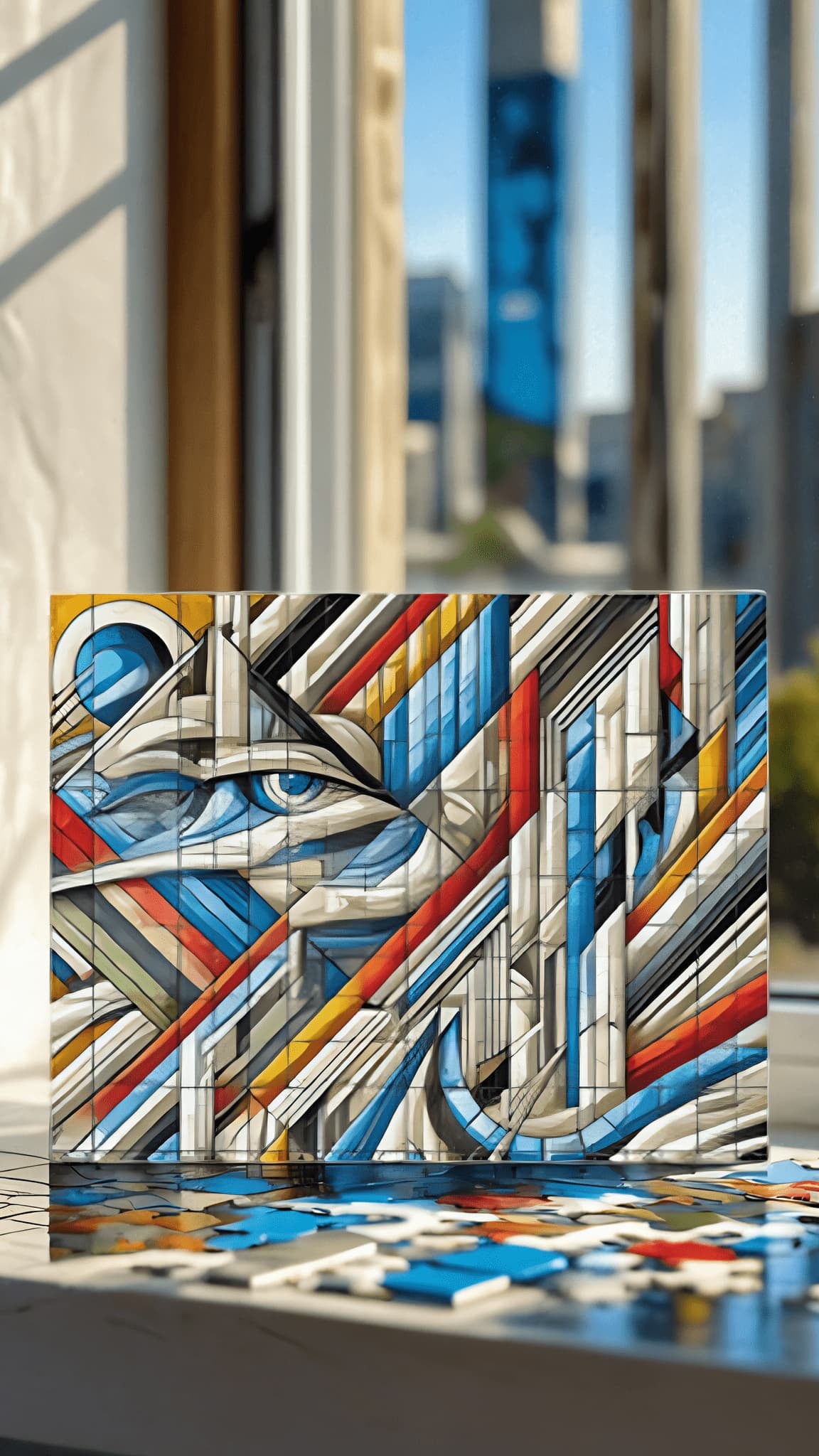

Build Memories,
Sharpen Minds
Experience the artistry and elegance of jigsaw puzzles like never before.
Rediscover relaxation and mental clarity with our exclusive collection,
crafted to inspire and delight.
SELECT YOUR LIKES
Tired of the boring same old puzzles? Don't worry we're looking out for you.
Take a look at our offers, we know theres something you'll love.
UNIVERSAL FAVORITES
Discover the essence of artistry with Puzzled Pieces' fan-favorite puzzles. Each piece is meticulously crafted to ensure a harmonious blend of quality, dedication, and creativity.
Jigsaw Puzzle | Vortex of Creation (1000 Pieces)
Immerse yourself in the swirling, dynamic patterns of the Vortex of Creation Jigsaw Puzzle. With 1000 pieces, this puzzle highlights the interplay of energy and form, perfect for art enthusiasts and...











